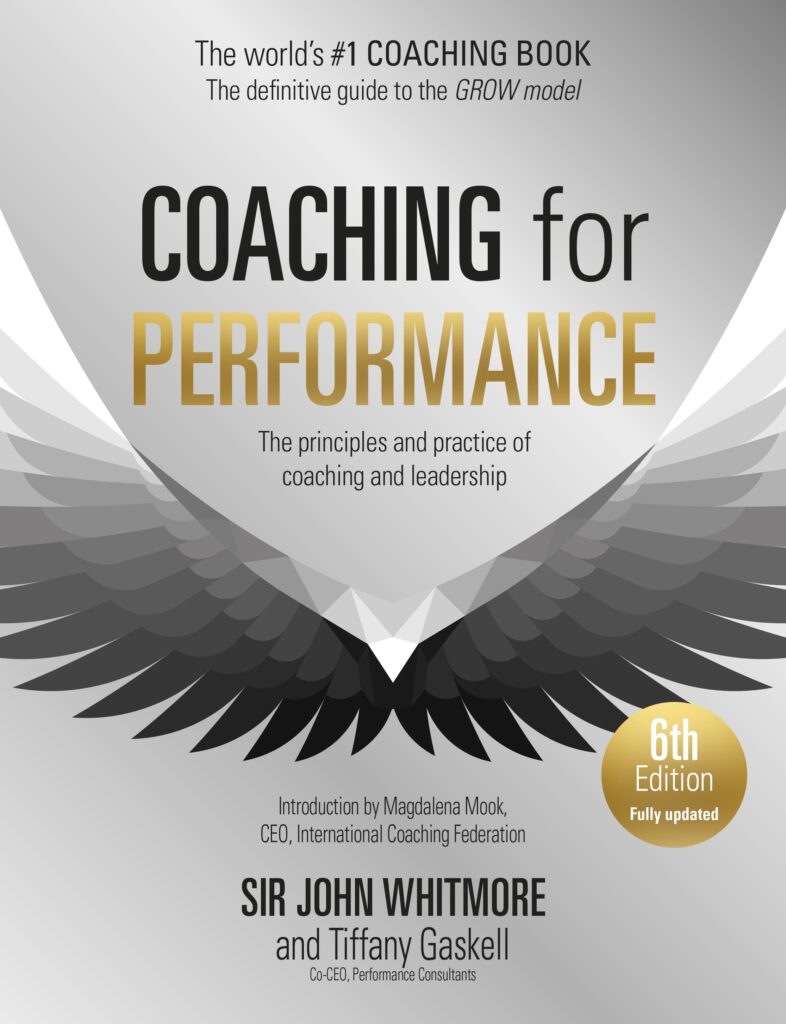Coaching for Performance Book
Explore the world’s #1 coaching book.
Coaching cultures are better performing, fairer, and more sustainable…
Ludo Van der Heyden, Professor, INSEAD
The seminal book on coaching
The pivotal GROW model was introduced to organizations worldwide in 1992 via Sir John Whitmore’s breakthrough writing, Coaching for Performance.
Now more than ever, it sits as a desktop essential for leaders, coaches and everyone in between.
Unlock your free sample

Coaching for Performance Book
Explore the world’s #1 coaching book. A desktop essential for leaders, coaches and everyone in between.Our latest 6th edition, co-authored by Tiffany Gaskell, CEO of Performance Consultants, greets the rapidly evolving workspaces of today, enriched with modern insights applicable across industries; acting as the seminal coaching gateway for organizations.

What is Coaching for Performance?
Coaching for Performance is the world’s #1 coaching book, lauded by Forbes as a “Must Have for Leaders in 2024”, selling 1M+ copies in over 20 languages globally. It’s available in English on Amazon and featured in bookshops around the world.Get the best out of your people
“To get the best out of people, we have to believe the best is in there – but how do we know it is, how much is there, and how do we get it out?”
“Getting the best out of people” was the focus of Sir John Whitmore’s lifework, and here’s precisely how Coaching for Performance can help you get the best out of your organization:
Potential as a journey, not a destination
Whitmore exclaims that coaching is a skillset to be honed and evolved, as opposed to perfected in one bout.
This sentiment alights both employee and organizational development as being continuous journeys as opposed to iterative firefighting.
The power of GROW
The GROW model (Goal, Reality, Options and Will) is our proprietary goal-setting framework that’s been embedded throughout Coaching for Performance.
This framework has been leveraged by Google to encourage innovative cultures, and is something you can deploy into your organization this year.
The collaborative nature of coaching
Coaching is entirely collaborative, many modern takes misconstrue “coaching” to be intensive, isolated one-to-one sessions that influence no further than the c-suite.
Whitmore highlights how coaching can have transformative effects on performance that ripple across your organization and incite cross-department collaboration.
The GROW model
Here’s an “at a glance” breakdown of the GROW model as featured in Coaching for Performance.
The best first book to read for anyone interested in coaching.
It goes beyond the skills that it so aptly spells out, to explain the essence of coaching.
This is a must-read for leaders and organizational development practitioners who recognize that coaching is a performance activity that impacts leaders, teams, and culture holistically.
Thorsten Klein, Director, eBay
Who’s reading it?
Industry-leading executives, coaches and talents alike have soaked in Whitmore’s pivotal writings on performance coaching and progressed to shape transformative impacts within their respective industries.
High-level decision-makers in the world’s leading organizations (such as eBay, Barclays and Volvo) and the executives of coaching accreditation bodies (such as the International Coaching Federation or ICF) cite this book to be paramount reading for those who wish to deploy the coaching approach into their workspace or lives.
This book is all-inclusive; the performance coaching approach and mindset have dynamic applications.
More than coaching
Sir John Whitmore was a proponent to the idea that “coaching is bigger than coaching”. It is a way of being. Showcased below are the dynamic applications for the performance coaching approach:

Interpersonal relationships
Family, friends and work colleagues alike require a balance of empathy and awareness from you as an individual.
The “coaching approach” invites you towards open-door transparent communications and cultures that positively impact your relationships.

Safety impact
Whitmore’s empowering writings can be interpolated into the world of safety performance to mitigate injuries and propagate project safety.
The “performance coaching” framework optimizes your approach not only towards culture and performance but also occupational safety.

Learning
The GROW model (Goals, Reality, Options and Will) is the foundational backbone of ‘Coaching for Performance’.
It exists as a goal-setting and problem-solving method in tandem and has been proficiently leveraged by leading academic institutes (Harvard) and tech companies (Google) to cultivate engaged learning and innovation.
Going “beyond the book”
Performance Consultants has over four decades of experience in materializing Sir John Whitmore’s breakthrough concepts and models into the offices, factories and shop floors of leading organizations.

Here’s how your organization can go “beyond the book”
Whether it’s a senior leader, executive, c-suite member, talent, or coach; we have industry-leading programs tailored to the needs of organizations and those in the coaching field alike








